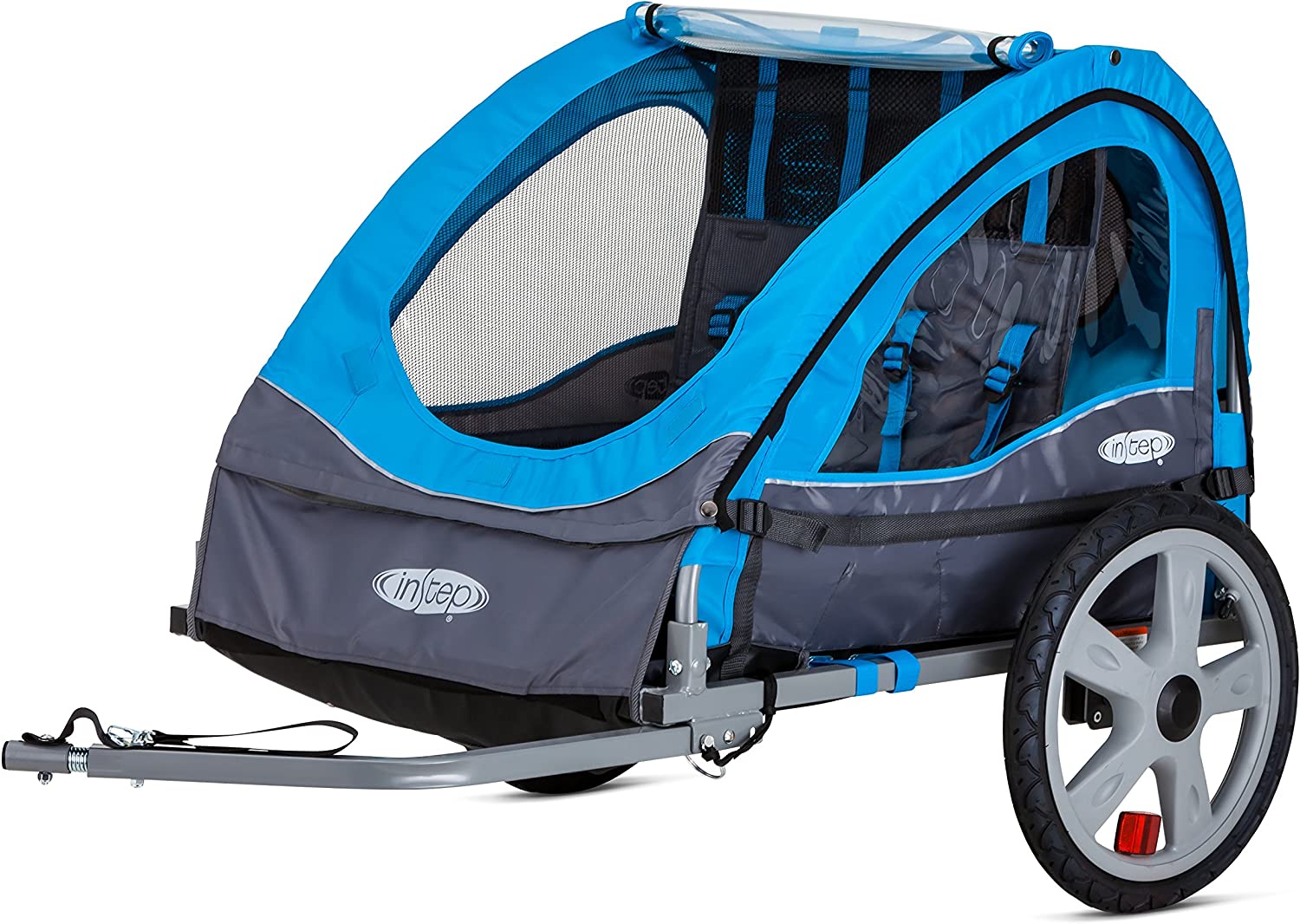? @scooterman101
why not just use the higher voltage battery and lower throttle to get the same motor operation you would get from a lower voltage battery?
i can't understand what you would get by actually swapping batteries simply to get a higher or lower voltage to get a higher or lower motor speed.
the controller converts the one to the other based on your throttle usage and whatever it's programming is so it is completely unnecessary.
Bmr4life said:
After building several electric gokarts ranging from 350w to 13kw I'm not looking into building an ebike.
if not an ebike or a kart, then what specifically are you looking to build?
I'm looking at rear hub motors instead of mid-drive due to simplicity and lower cost. I just want to verify that they have the torque for steep hills while lacking the advantage of multiple gear ratios.
that entirely depends on:
-- exactly which version of which hubmotor you use
-- diameter of wheel you use it in
-- voltage you run it at
-- current limit of the controller and it's design and programming / settings
-- capability of the battery to supply the current the controller needs without sagging in voltage too much to give the wheelspeed needed
etc.
i would strongly recommend you go to http://ebikes.ca/simulator , read the entire page so you know how it works and what each thing does and how to use it, and then play with different systems until you get an idea of what you would need to do what you want, without overheating the motor.
most of what they have are ebike motors, but the simulations and systems still apply to your problem and will show you at least how to determine what you need, even if what's listed there doesnt' do what you want.
I'd also over-volt the motor so I can hit 45mph for when I'm riding solo.
if you use the right motor there is no "overvolting" needed. you just pick a motor that's actually capable of what you're after, speed and torque, and then use your throttle to determine what speed / torque you get out of it.
So the moral of the story is I will have to pedal with a hub motor but will be a lot easier than without one.
nope.
just pick the right motor, controller, and battery, and it will do whatever you want it to.


